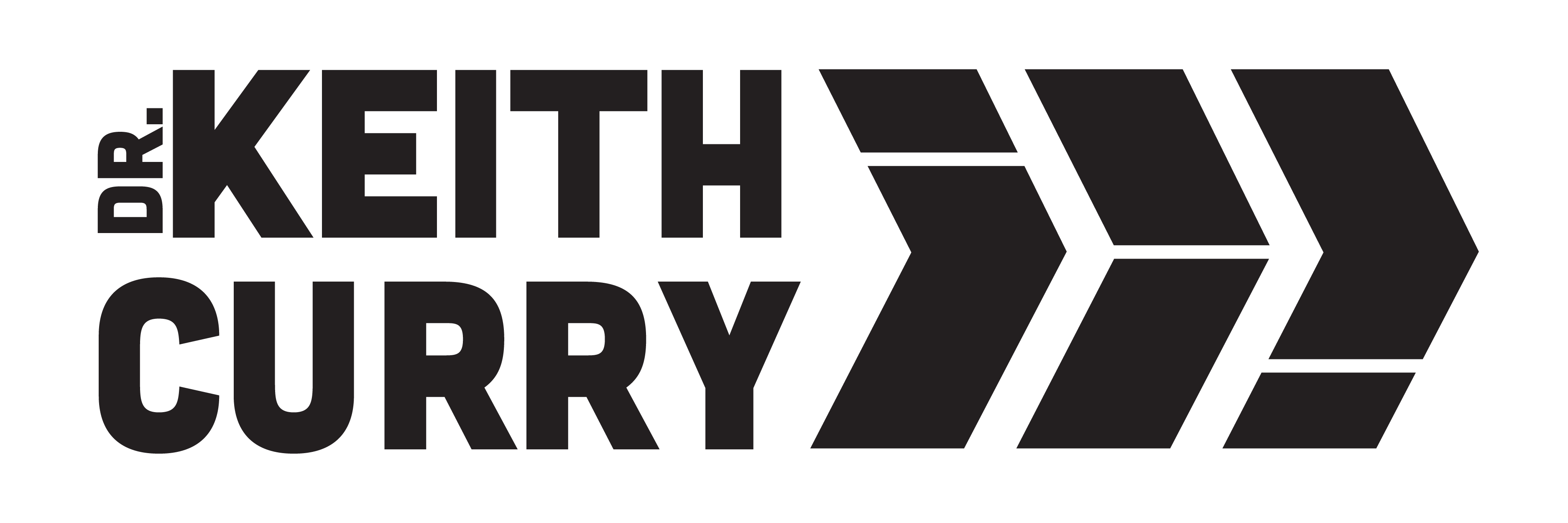Earlier this week, I, along with members of the Compton Community College District Board of Trustees and student leaders, were in Sacramento, CA meeting with our statewide elected officials who represent the students and the community we serve. During our legislative meetings, Skyy Sorrell, a second-year student at Compton College, made the following comment: “Compton College is not a college that is going to nickel and dime their students.” (I’ll share Skyy’s story at a later date – her story exemplifies what a difference it makes when a college tries to keep as much financial burden off of its students.)
I feel like most of us know the feeling of frustration about being “nickel and dimed” but the feeling is especially pronounced, or even crushing, if you’re already struggling to make ends meet. As a kid, one of my favorite places to go was the neighborhood candy store near my grandmother’s house, and I would scrounge up money for a week when we were going to visit so I could get some of my favorite candy. Too often, I would bring the amount I paid the last time for that candy, only to find that the cost had gone up (because, let’s be real, it never goes down). I’d either have to borrow from my cousins, or get something different than the candy I really wanted.
This same example can be used for our students. As Skyy explains it, at Compton College, she knows that one meal per day is available to her and all of our students in the cafeteria. Compton College students NEVER pay for printing, parking, bus passes, blue books, scantrons or pencils (Just to name a few of our services for students). We are always trying to find ways to support our students. But most importantly, we are transparent with our students about the cost of education and the free support services provided.
I spend a lot of my time thinking and researching the cost of education and how we are going to maintain the services we are providing, even during difficult budget times. I have said on countless occasions that Budgets are statements of values. We can not just stop providing services to students because of declining resources, this is when we become creative, as our students need us more now than ever before.
Given the high cost of higher education today, students need transparency from colleges. Many students and their parents are coming out of college with massive amounts of student debt while working jobs that do not provide high enough wages to cover that debt. This is a narrative graduates and their parents know all too well. Many students come out with significant debt without having even earned a credential (as of 2021, the population of former students who stopped out without earning a credential increased 3.6 percent from the year prior to 40.4 million1). These are the stories that prospective students, including returning students, must consider as they determine if a degree is worth the cost or if they should forgo college altogether. Besides more cost-effective college pathways, greater financial aid packages (It’s time to double pell grants), emergency grants, and liveable wages within the workforce, a low-hanging solution to address affordability is to increase transparency. Often, the costs admitted students see upfront are not the same as those they are billed for throughout their college experience. Out-of-pocket costs and sometimes hidden fees need to be clarified to students. Anything less than clear communication around costs is effectively nickel and diming students. These costs often come as a surprise, especially as tuition typically rises annually. The cost of education you start with at a community college or four-year college or university should be maintained till you complete so students can prepare budgets for the entire time they’re enrolled.
Recently, the Department of Education has prioritized transparency and accountability. The new Financial Value Transparency framework will require that students be given program-level information on net costs and require higher education institutions to provide data on financial outcomes for each program. This includes public, private, and non-profit institutions. The policy not only addresses cost transparency but also holds institutions accountable for providing high-value programs that will afford the earnings students need to pay off debts. Additionally, the Department’s strengthened Gainful Employment policy cracks down on for-profit schools by analyzing career training programs and credentials and assessing their value. If they do not meet certain standards and are found to leave graduates with too much debt without enough earnings, programs could be removed from the financial aid system.
The federal government’s focus on accountability and transparency is impactful, but institutions need to have the same priorities, and not only to meet government requirements. Colleges must provide greater transparency around hidden costs like parking, printing, supplies, test materials, and health services, etc. These costs add up throughout a student’s postsecondary career and need to be made clear to students upfront. At the very least, they should be accounted for in financial aid, but they should ultimately be eliminated by institutions that truly want to prioritize affordability for their students. If Budgets are your statement of values for your institution, we need to stop nickel and diming students.
References
- Causey, J., Gardner, A., Pevitz, A., Ryu, M., and Shapiro, D. (April 2023), Some College, No Credential Student Outcomes, Annual Progress Report – Academic Year 2021/22, Herndon, VA: National Student Clearinghouse Research Center
